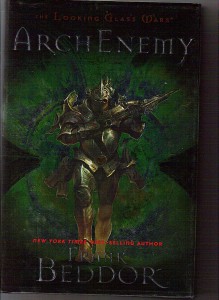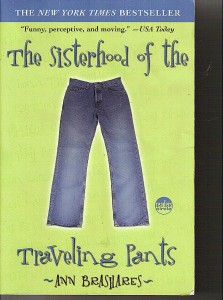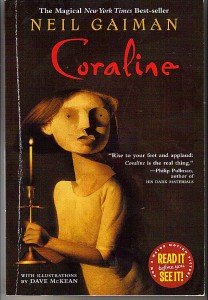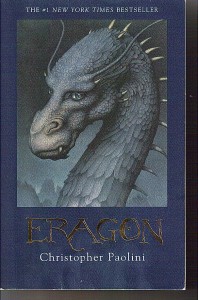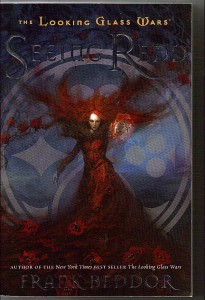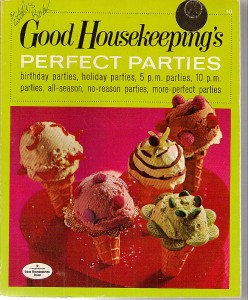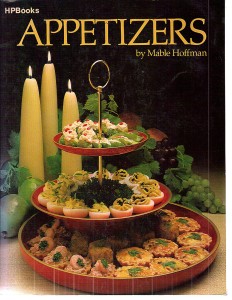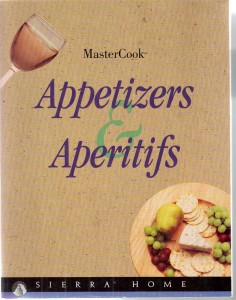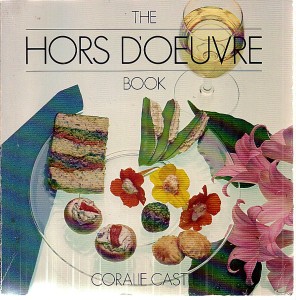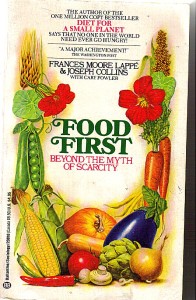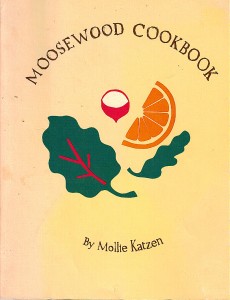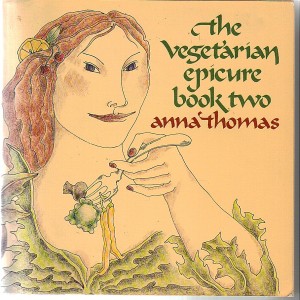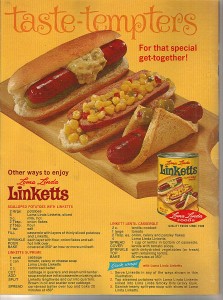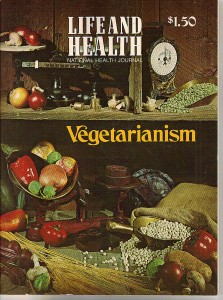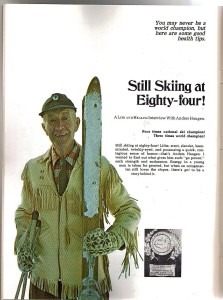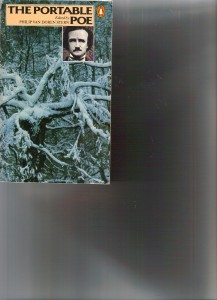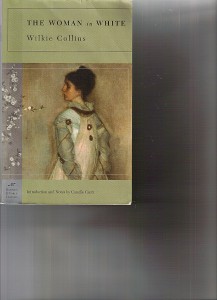If you are one of those people who just can’t get enough of Christmas, come on down to East Side Books and check out our large selection of Adult Holiday Fiction by some of your favorite authors.
Because Santa is checking who is naught and nice, I will admit that I did not even know there WAS such a thing as Adult Holiday Fiction until I stopped by East Side Books yesterday and witnessed owner Diane Doonan surrounded by a sea of books with mostly green and red covers. The only Christmas book I had heard of was Skipping Christmas by John Grisham the well known author of numerous legal thrillers (and author of the excellent novel The Painted House which I recommend highly). Skipping Christmas is described as a fun take on the craziness of Christmas. I think Christmas is crazy so I added a copy to my pile (leaving a few others for you all), and browsed through the growing stacks surrounding Diane. What I found was that many well known authors, especially in the genres of Romance and Mystery, have written a Christmas themed book or two or three.
Leading the way is romance writer Debbie Macomber with her many holiday titles including A Gift to Last, Home for the Holidays, On a Snowy Night, and Glad Tidings. Macomber is dyslexic and has only a high school diploma, but was determined to be a writer. A mother of four, she worked for five years at her kitchen table on a rented typewriter before finally publishing Heartsong. She now has over 150 romance novels to her credit. Another popular romance novel writer who likes to dip her pen into holiday fun is Janet Dailey. Christmas favorites by her are Eve’s Christmas, Scrooge Wore Spurs, Let’s Be Jolly, and A Capital Holiday. If you are a fan of popular mystery and romance writer Sandra Brown, she has a Christmas read out called Tidings of Great Joy. This title is described as a “sexy, holiday read to curl up with”. (Oh my.)
If mysteries and Christmas are your thing then you are in luck because we have a number of books that fit that bill. Superstar suspense writer Mary Higgins Clark weaves a Christmas tale in her two novels Silent Night and All Through the Night. If that doesn’t fill you to the brim with holiday Mary Higgins Clark, then check out Deck the Halls and The Christmas Thief, two titles that she co-authored with her writer daughter Carol Higgins Clark. Popular Victorian mystery novelist Anne Perry has about half a dozen Christmas titles to her credit. Perry really walks the talk: as a young girl she was convicted, along with her friend Pauline Parker, of murdering Parker’s mother. Both girls served five years in prison and were banned from ever seeing each other again. Perry’s life was made into the movie Heavenly Creatures staring Kate Winslet. Mystery writer Margaret Maron has a brand new Deborah Knott mystery coming out this month called Christmas Morning, but I am a big fan of her earlier work, Corpus Christmas, featuring Lieutenant Sigrid Harald. If you haven’t read either of these excellent series by Margaret Maron, now is a great time to start.
Jan Karon, the author of the popular Mitford series, has penned several Christmas books, including Shepherds Abiding (The Mitford Series Book #8), Mitford Snowmen, and Ester’s Gift. Since Santa is watching, I should also mention The Christmas Jars by Jason R. Wright. There are very few things that make me cry–our yearly family Thanksgiving prayer circle, when my children awe me, and sappy T.V. commercials–but this book, embarrassingly enough, made me bawl like a baby. The only other book that has done that to me is Tuesday’s With Morrie by Mitch Albom. I know, I know, I KNOW, but there is something about a simple, heartwarming story that kills me. I just picked up a copy of another of Wright’s books, The Wednesday Letters. I’ll let you know if I breakdown, or better yet, run on down to East Side Books and purchase your own copy and let me know if you turn into a blubbering mess.
Regardless of your genre preference, stop by East Side Books today for your reading dose of holiday cheer! And whether you have been naughty or nice this year, we are always happy to help you locate a title. Have a Merry Merry Christmas from all of us at East Side Books.
